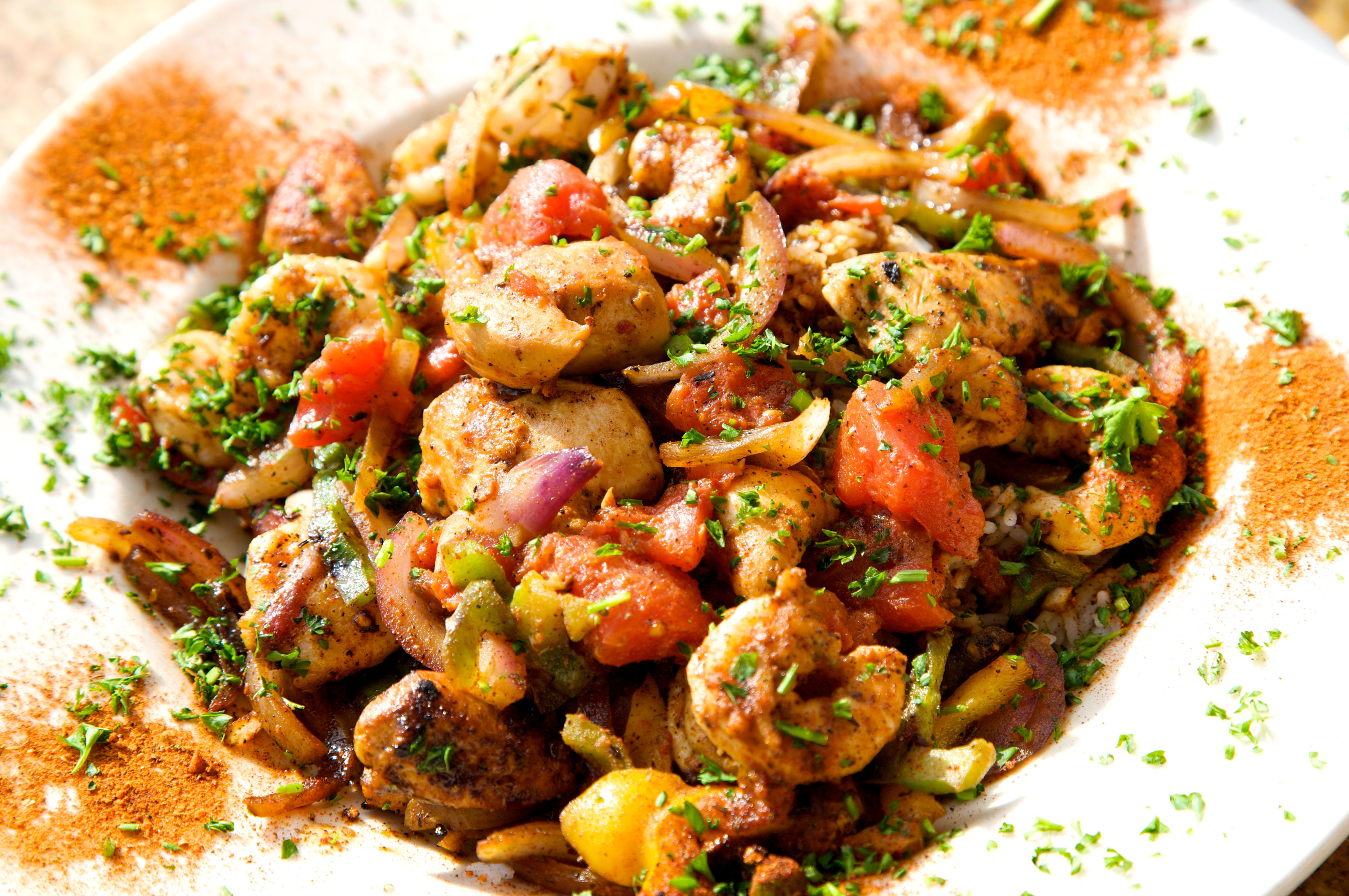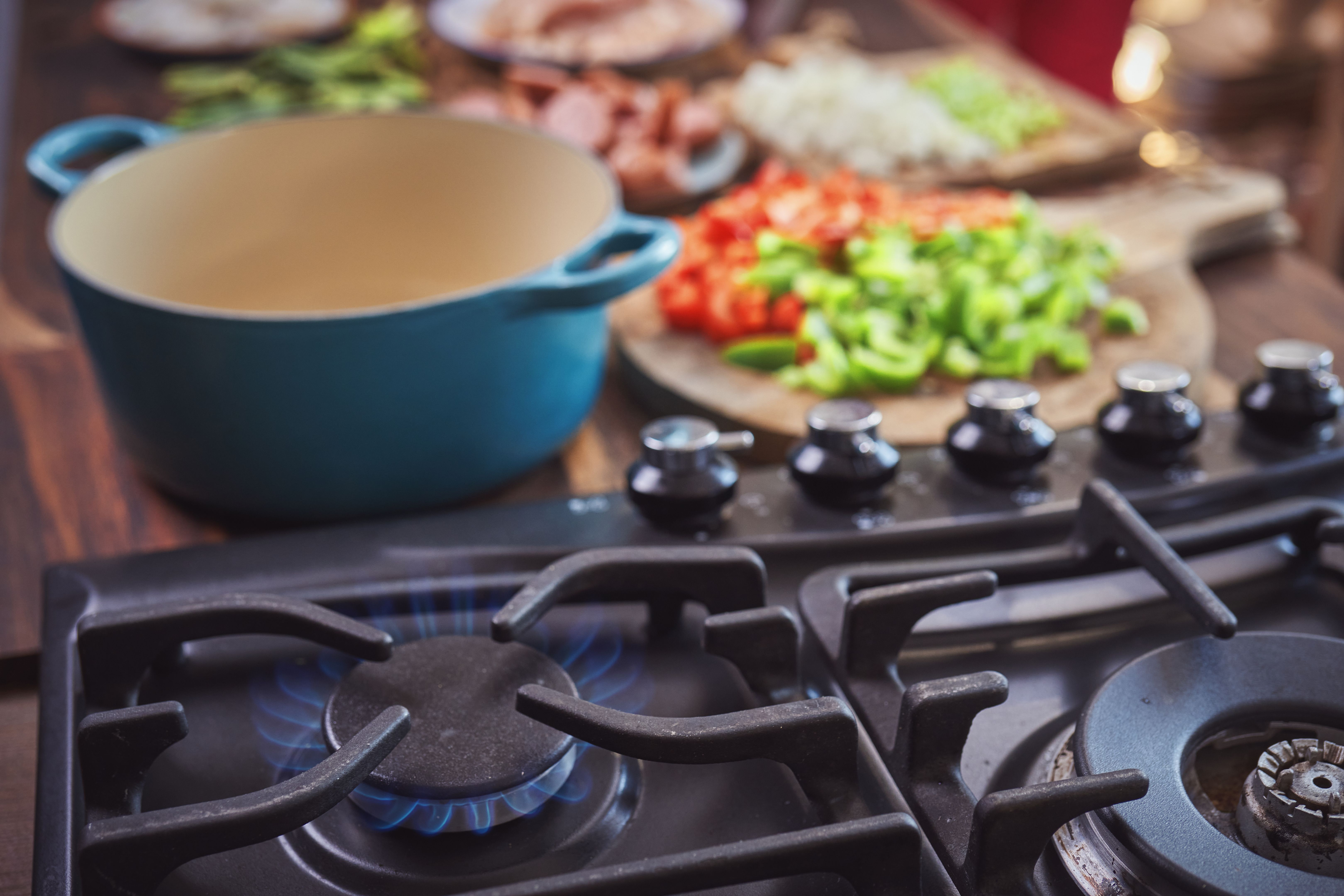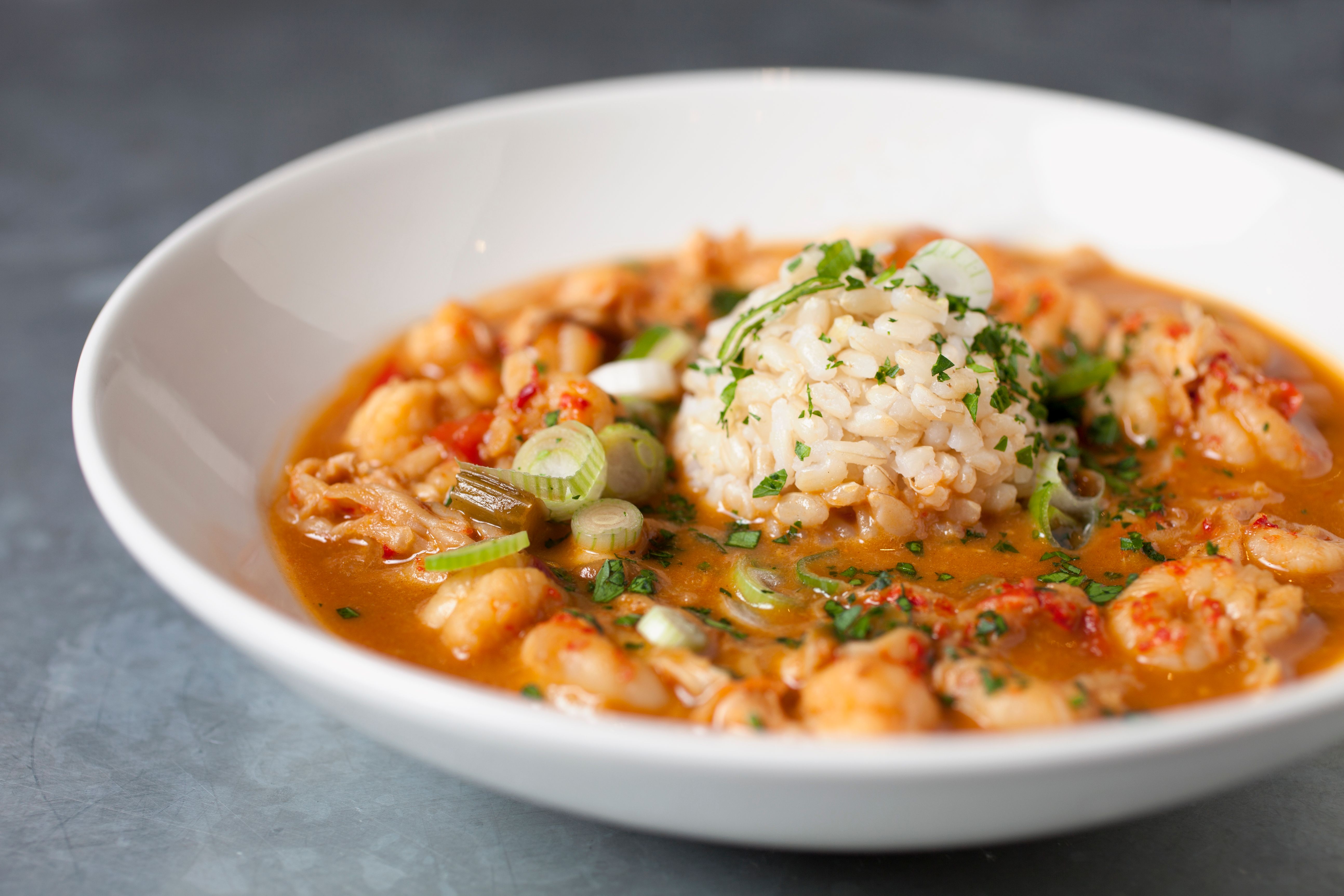Exploring Jambalaya: A Taste of Louisiana's Culinary Heritage
Introduction to Jambalaya
When it comes to the rich tapestry of American cuisine, few dishes capture the essence of a region like jambalaya does for Louisiana. This robust, flavor-packed dish is an integral part of the state’s culinary heritage, showcasing a blend of cultures and traditions. Whether you’re a food enthusiast or a casual diner, understanding jambalaya offers a glimpse into the heart of Louisiana’s gastronomic identity.

The Origins of Jambalaya
The origins of jambalaya are as complex as its flavors. This dish draws influences from Spanish, French, and African cuisines, each contributing unique elements. The name itself is believed to have roots in the Provençal word "jambalaia," meaning a mix or mishmash. Over time, it evolved in the melting pot that is Louisiana, incorporating local ingredients and customs.
Traditionally, jambalaya was a dish made by settlers using whatever was available, leading to countless variations. This adaptability is what makes jambalaya so special and beloved. It’s a testament to the resourcefulness and creativity of those who first crafted it.
Types of Jambalaya
Jambalaya comes in two primary styles: Creole and Cajun. The Creole version, often referred to as “red jambalaya,” includes tomatoes and is typically found in New Orleans. On the other hand, Cajun jambalaya, known as “brown jambalaya,” omits tomatoes and is more prevalent in rural Louisiana.
- Creole Jambalaya: Known for its vibrant red hue from tomatoes.
- Cajun Jambalaya: Has a more rustic appearance and a smoky flavor from browned meats.

Key Ingredients
The beauty of jambalaya lies in its simplicity and versatility. While recipes vary, some ingredients are staples:
- Rice: The foundation of jambalaya, absorbing flavors and providing texture.
- Meat: Common choices include chicken, sausage (often andouille), and shrimp.
- Vegetables: The “holy trinity” of Cajun cooking—onions, bell peppers, and celery.
- Spices: A blend of spices like paprika, thyme, and cayenne pepper adds depth and heat.
Cooking Techniques
The method of cooking jambalaya is as vital as the ingredients themselves. Typically, it’s made in one pot to ensure all flavors meld together beautifully. The meats are browned first to build a rich base, followed by the vegetables and spices.
The rice is then added to the mix, soaking up all the flavors as it cooks. This technique not only enhances the taste but also makes jambalaya an easy one-pot meal perfect for gatherings or weeknight dinners.

The Cultural Significance
Beyond its delicious taste, jambalaya holds cultural significance in Louisiana. It’s more than just food; it’s a symbol of community and celebration. Jambalaya is often prepared for large gatherings, festivals, and family events, bringing people together over hearty plates of this classic dish.
In many ways, jambalaya represents the spirit of Louisiana—diverse, vibrant, and deeply rooted in tradition. Each spoonful tells a story of history and heritage, making it more than just a meal but an experience.
Conclusion: Embracing Jambalaya
Exploring jambalaya offers a unique perspective on Louisiana’s culinary landscape. Whether you prefer the Creole or Cajun style, each bite is an invitation to savor the history and culture of this dynamic region. Next time you find yourself craving something hearty and flavorful, consider diving into a plate of jambalaya—it’s a taste of Louisiana you won’t soon forget.
